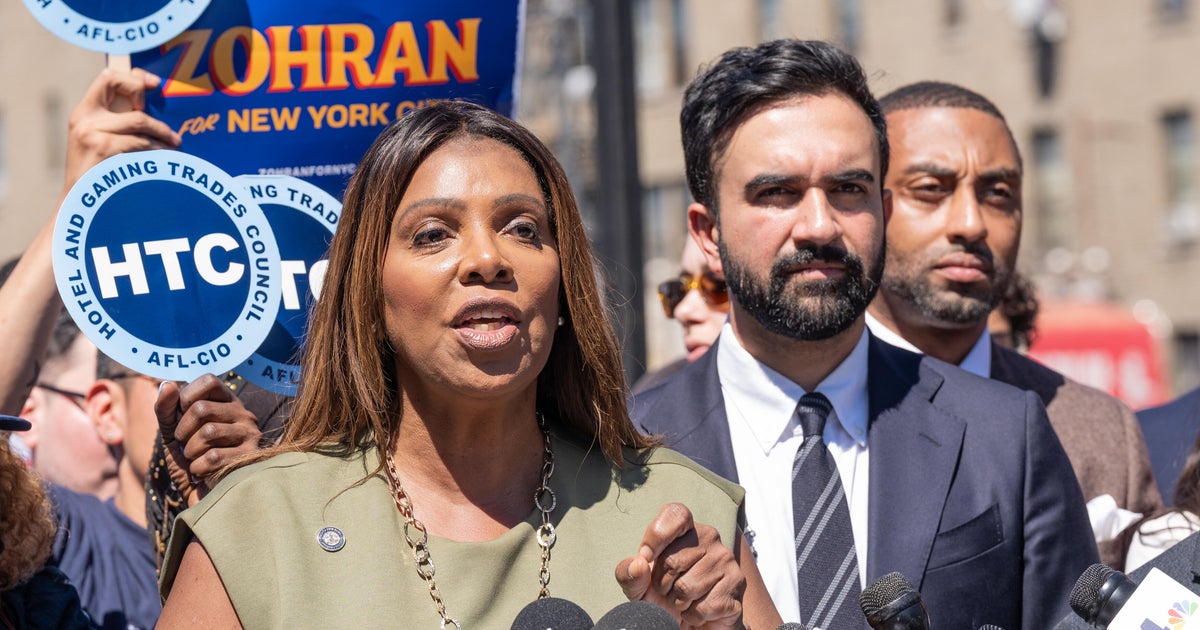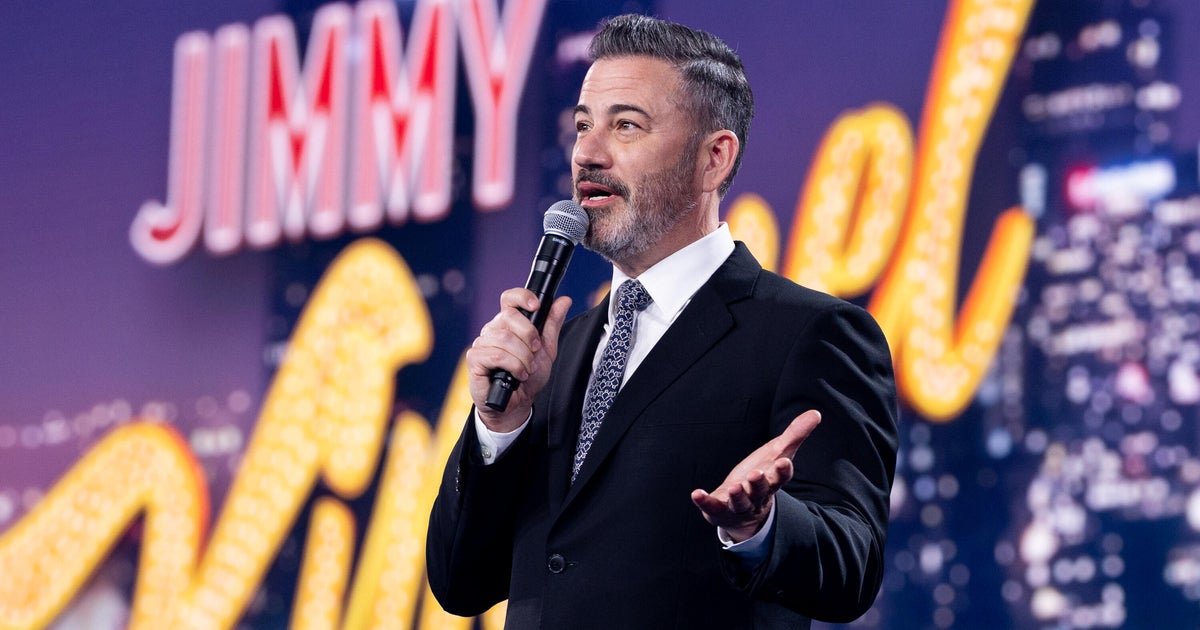In this special series, The Age focuses on Melbourne’s western suburbs to see how life could improve in Australia’s fastest-growing region.
See all 11 stories.It took many emails and phone calls for Sara Masudy to secure what most first-time parents take for granted: an appointment with a maternal child health nurse.
“With no family and a limited support network, I find myself in a vulnerable position – unsure of what I need to know or be aware of,” the 33-year-old wrote to Melton City Council last September after her son missed his eight-month appointment due to a shortage of nurses in Melbourne’s west.
At the time, the council was providing only five of the 10 recommended maternal child health appointments for most new babies, with the final check scheduled at four months instead of 3.5 years.
Masudy said the health checks provided her with useful tips on child safety, feeding and monitoring her son’s twisted neck – a condition he acquired during birth.
While Masudy’s advocacy led to her son Atlas securing a 12-month appointment, and the council has now resumed offering babies all 10 health checks, she says it shouldn’t have been so hard to get the support she needed.
“I know how important these services are … I’m a new mum doing it on my own with my partner.”
It’s a situation replicated across many health services in Melbourne’s west that is being fuelled by rapid population growth, staff shortages and more complex health needs.
The western suburbs of Melbourne are the fastest-growing area of Australia, flush with young families and migrants thanks to affordable housing and new developments.
In the City of Melton, an average of 76 babies are born every week.
Loading
By 2030, the population of the city’s western and north-western suburbs is expected to reach 2.5 million people. To put it another way, almost a third of Victorians will live between Werribee, Melbourne Airport and the CBD.
Over coming months, The Age is strengthening its focus on Melbourne’s booming west with a special series examining the positives and challenges the region faces.
In October, our reporters will moderate a West of Melbourne Economic Development Alliance (WoMEDA) summit to discuss a vision for the western suburbs’ success. The alliance of university, industry, community and local government experts works to unlock the west’s economic potential.
While the region’s major health infrastructure pipeline is extensive, many residents report difficulties accessing wrap-around support, such as follow-up maternity or mental health services. Ambulance and emergency department response times analysed by The Age also paint a picture of bottlenecks the further west one lives.
The $200 million Joan Kirner Women’s and Children’s Hospital, located on the Sunshine Hospital site, opened six years ago and hosts the west’s first neonatal intensive care unit.
Masudy, who is a consumer adviser to the hospital, describes her experience giving birth at the health service as fantastic. She had an emergency caesarean and spent five nights at the hospital recovering.
The Sunbury Community Hospital – one of several smaller centres designed to take pressure off larger health services – began treating dialysis and oncology patients in September last year.
Looking ahead, the Werribee Mercy Hospital expansion is due to be completed some time in 2026.
But the first cab off the rank will be the $1.5 billion Footscray Hospital, which soars 12 storeys above Geelong and Ballarat roads. It will start accepting patients from February next year.
The new site will deliver 200 more beds compared with Footscray’s existing hospital and will treat an extra 15,000 patients a year.
The Victorian government has said these factors will ease pressure on western suburbs emergency departments and paramedics.

The Footscray Hospital project.Credit: Joe Armao
While most of the west’s major hospitals perform better than the state average when it comes to planned surgery waiting times for urgent (category 1) patients, the picture isn’t as promising for semi-urgent (category 2) and non-urgent (category 3) patients.
The median waiting time for a semi-urgent procedure at Footscray Hospital was 90 days, according to the latest quarterly data, the upper limit of the recommended waiting time for this category. It was 78 days at Werribee Mercy and 53.5 days at Sunshine. The statewide median was 51 days.
It’s a similar picture for the region’s major emergency departments. Last quarter, the median waiting time for triage 1, 2 and 3 patients was 12 minutes statewide. At Werribee Mercy, it was 35 minutes, Footscray 20 and Sunshine 18.
The west’s tertiary hospitals have slashed waiting times for semi-urgent and non-urgent surgeries year on year, as well as emergency department waiting times for the most urgent presentations, as the health system continues to drive down the pandemic-induced backlog. But the new $900 million Melton Hospital isn’t due to be completed until 2029 and, in the meantime, the west’s population continues to swell and shift away from the middle ring.
As one Western Health nurse, speaking on the condition of anonymity, told The Age: “That’s a really long time away. Melton [Hospital] is desperately needed to take the pressure off Sunshine.”
Meanwhile, governments need to invest more in wrap-around health services, according to key players in the health and infrastructure sectors.

Premier Jacinta Allan visiting the future site of the new Melton Hospital, in Cobblebank, earlier this year. Credit: Wayne Taylor
Recent Ambulance Victoria data shows that average code 1 response times – for patients requiring urgent paramedic and hospital care – tend to deteriorate the further west one lives. In the City of Melbourne, the average ambulance response time was 12 minutes and 33 seconds last quarter.
In the City of Maribyrnong, it was 14 minutes and 26 seconds. But further west, in Wyndham, it was 15 minutes and five seconds. In Melton, it was 16 minutes and 33 seconds.
Victorian Ambulance Union secretary Danny Hill said the state government needed to continue to invest in mental health services, as well as social and aged care support.
“So much of the work that our paramedics are attending to in growing suburbs is social work, mental health patients, and lower acuity patients,” Hill said.
“People genuinely need that assistance, they just don’t need paramedics. But when the services they need are not available, they have no option but to call an ambulance.”

Victorian Ambulance Union secretary Danny Hill.
Infrastructure Victoria chief executive Dr Jonathan Spear said the government should invest further in community health infrastructure and accessibility to take the pressure off emergency departments.
It’s estimated that about one in 10 preventable emergency department presentations in Australia is due to dental issues. In a suburb like Brimbank, about 10 kilometres from the Melbourne CBD, 17.2 per cent of residents smoke tobacco daily (the Victorian average is 12 per cent).
Mental health disorders, chronic pain, diabetes and heart disease are the most prevalent conditions being managed by primary care in Melbourne’s west, according to a federal government assessment.
Loading
“That’s the big investment opportunity we’ve got,” Spear said. “Community health centres are already facing huge demand now, and they’re going to face more in the future.”
City of Melton Mayor Steve Abboushi said critical gaps in allied health and community service provision were fuelling inequity and disadvantage in his municipality.
To address the shortfall, the council is investing in a community services hub in Cobblebank, due to open in 2027. The facility, which has received $15 million from the federal government, $4.6 million from the state government and $53 million from council, will provide mental health, disability, refugee and family support services.
Abboushi said the maternal child health service returned to normal operations in February following an intensive recruitment campaign.
A spokesperson for the state government said it was delivering record investment in health across Melbourne’s west.
“We’re easing pressure on local emergency departments and paramedics by backing alternatives like virtual emergency care and nurse-on-call, a brand-new urgent care clinic in Werribee, doubling capacity at Werribee’s ED [emergency department] and [delivering] a fifth ambulance station for the area in Manor Lakes.”
The spokesperson said the government was also delivering more free mental health services locally, including the Sunshine Hospital mental health and alcohol and drug emergency hubs, as well as expanded services at the Brimbank Mental Health and Wellbeing Local centre.
The West of Melbourne Summit, presented by WoMEDA with The Age, will be held on October 22-23. For details go to womeda.com.au
Start the day with a summary of the day’s most important and interesting stories, analysis and insights. Sign up for our Morning Edition newsletter.


















































